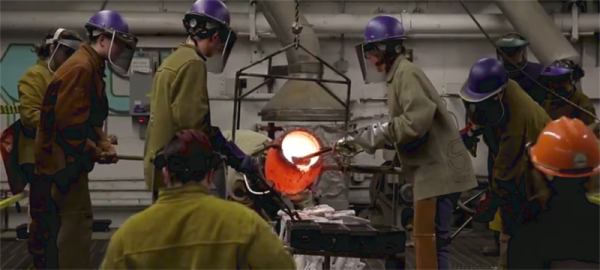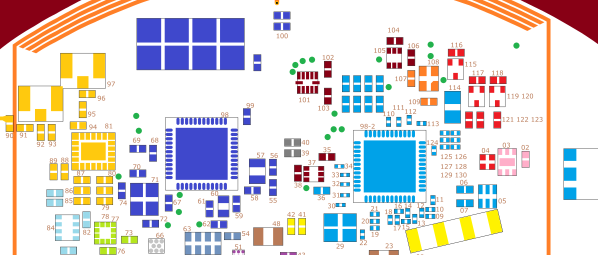[Majenta Strongheart] is one of the talented folks who works at the SupplyFrame Design Lab, home to dozens of Hackaday meetups, the Hackaday Superconference, and when the shop floor isn’t filled with chairs, is the place where tons of awesome projects are fabricated. [Majenta]’s role at the Design Lab is a Staff Designer, where she’s responsible for working the machines, and holds the distinction of being in the room when the SawStop kicked for the first time. Don’t fret: it was mirrored acrylic.
Among [Majenta]’s other duties at the Design Lab is on the social media front, showing off the capabilities of other design spaces around the country. Her first video in this series is from her alma mater, the Art Institute of Chicago. In this video, [Majenta] takes a look at the incredible fabrication facilities found here.
The tour begins in an exceptionally well-equipped wood shop kitted out with panel saws, spindle sanders, bandsaws, and not enough clamps. From there, the tour moves over to the metal shop and — unique for the city of Chicago — a forge. A long time ago, after Philadelphia and New York were the tech centers of America, and before the Bay Area was the tech center of America, Chicago made everything. The forge at the Art Institute of Chicago is the last remaining place in the city where metal casting takes place. This space was grandfathered in, and still remains a place where students can cast objects out of bronze and aluminum.
The Art Institute of Chicago is a very, very well equipped space full of enough tools to make anything you want. If you’re looking for some inspiration on what your basement, garage, or local hackerspace should look like, you need only look at [Majenta]’s tour. You can check out the entire video below.
Continue reading “Detoured: Fabbing At The Art Institute Of Chicago”
















